Carbon capture: how big is the opportunity?
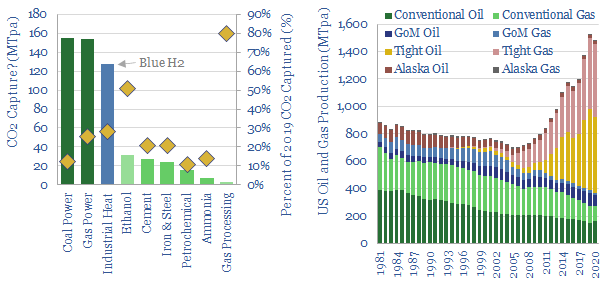
…market sizing looks industry-by-industry, to break down possible capture volumes. We discuss each industry in turn – coal power, gas power, ethanol, steel, cement, et al., – on pages 9-12….

…market sizing looks industry-by-industry, to break down possible capture volumes. We discuss each industry in turn – coal power, gas power, ethanol, steel, cement, et al., – on pages 9-12….
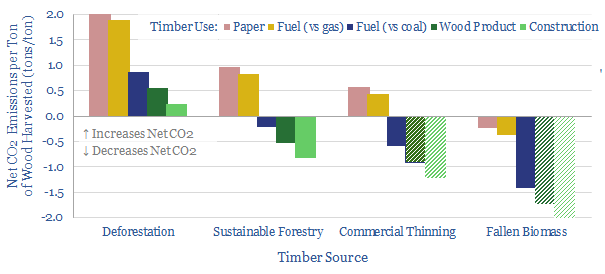
…which is cross-plotted against wood fuel displacing gas, wood fuel displacing coal, wood material displacing steel/cement, wood products displacing plastics and paper. Calculations can be stress-tested in the data-file, including…
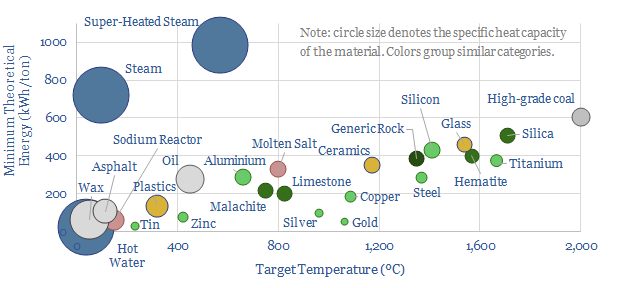
…decomposed at 825ºC as an input to making cement. Ceramics are fired at 1,200ºC. Glass is produced at 1,500ºC. The minimum energy consumption here is 200-500kWh/ton. But the real-world numbers…
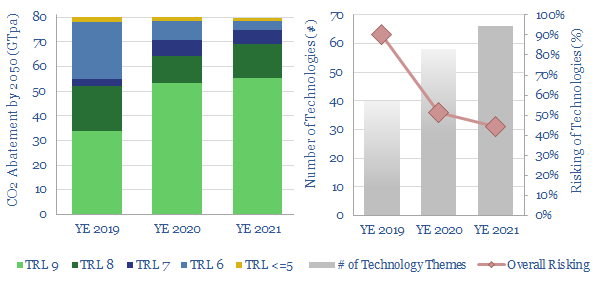
…materials such as steel and cement, which are much harder to decarbonize directly. It is reminiscent of the old cliché that NASA spent millions of dollars developing a pen that…
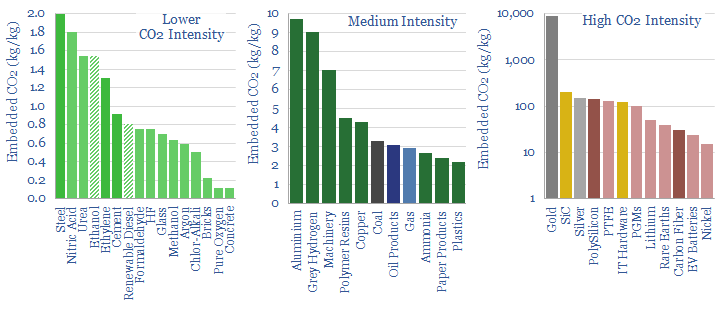
…ranges from 0.5 tons/ton (bottom decile) to 140 tons/ton (upper decile). Strictly, many of the largest contributors to global CO2 emissions, such as steel and cement, are not ‘carbon intensive’…
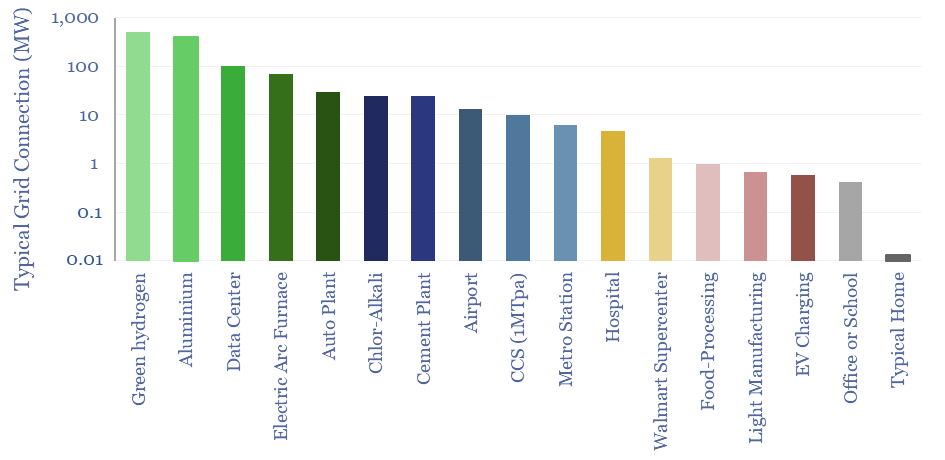
…200kTpa chlor-alkali plants, 1MTpa cement plants, 1MTpa CCS compressors or 100,000 vehicle per year auto plants. Finally we come to the true monsters, with grid connections above 100MW, such as…
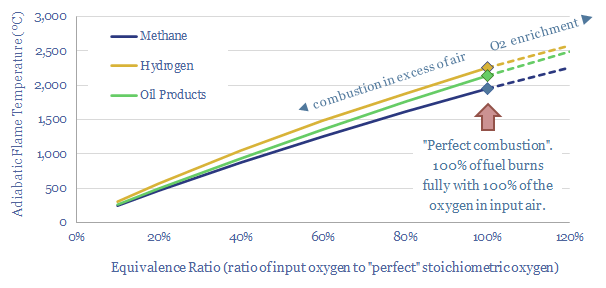
…reactors. For example, a blast furnace can reach 1,100-1,600ºC. Cement plants decompose CaCO3 into clinker at 1,400-1,500ºC. Mined lithium ores are roasted at 1,100ºC to change the crystal structures of…
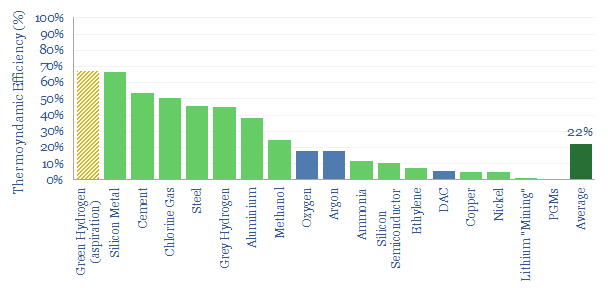
…this point is that the very simple ‘silicon metal’ example, which we discussed above, yields one of the highest efficiencies. So too does thermally decomposing CaCO3 in cement production, or…
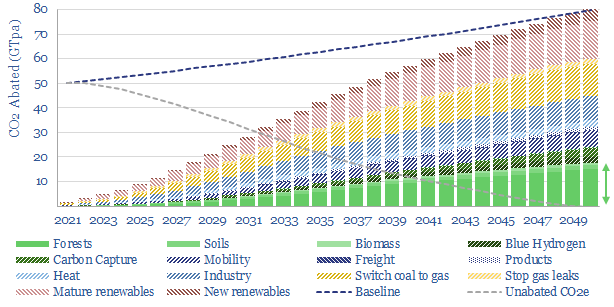
…from timber products. Cross laminated timber can be used for large construction projects, lowering CO2 by 15-80% compared to steel and cement. Tricoya is a listed mid-cap making a long-lasting…
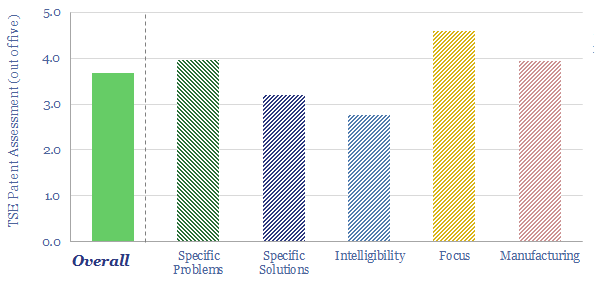
…vehicles, steel and cement. Clean hydrogen? Huntsman and ARPA-E have said that CO2 intensity of the resultant hydrogen from the MIRALON process will be 90% below SMR hydrogen (i.e., below…